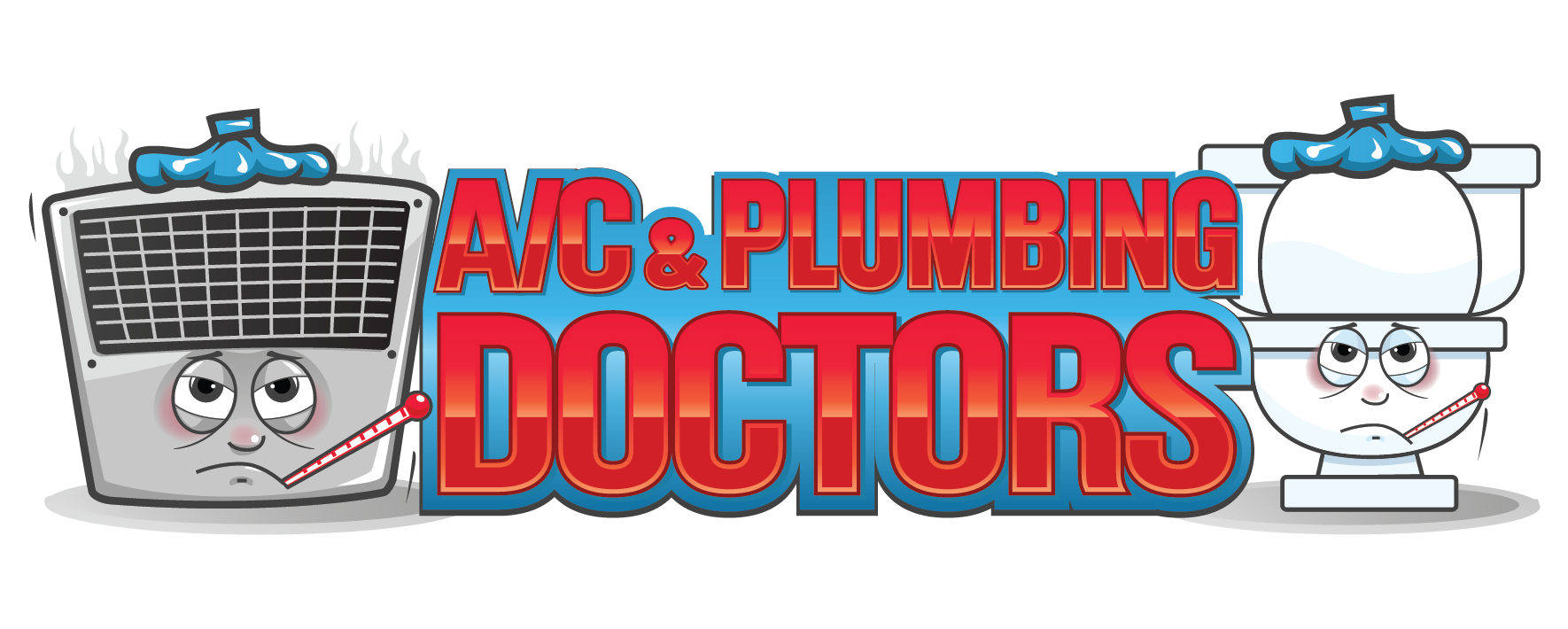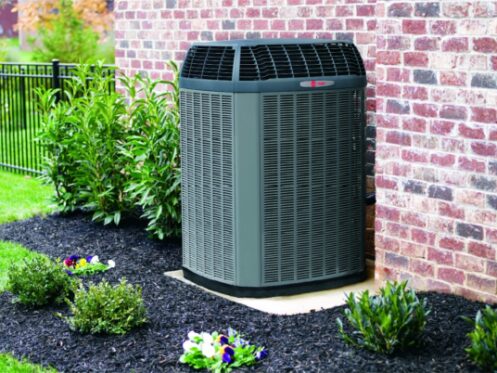Heat pump technology has greatly improved over the past decade or two. In the past, heat pumps weren’t always an effective heating option as they often had issues performing well in cold weather. Modern heat pumps are far better as most units can continue to heat fairly effectively even in temperatures well below freezing. However, the process that heat pumps use to absorb heat from the air outside means that they do still have issues with frost and ice beginning to form.
Even if the temperature is still in the 40s, it is common for your heat pump to start to freeze up occasionally. Most of the time this isn’t something you need to worry about as this issue is why all heat pumps have a built-in defrost cycle that works to thaw the unit out. That being said, there are times when a heat pump will stay frozen because an issue is preventing it from defrosting, and this can potentially be a serious problem. This makes it important that you understand why heat pumps freeze and what to do if your unit is frozen as this will make it easier for you to know if your unit has any issues.
Why Ice Forms on a Heat Pump in Winter
To understand why heat pumps freeze, you first need to know how the heat transfer process they use works. When cooling, a heat pump works just like any other type of air conditioner; it uses cold refrigerant to absorb heat energy from the warm air inside the building. The difference between heat pumps and other AC units is that heat pumps can reverse this process so that the refrigerant flows in the opposite direction.
Heat energy naturally flows from a higher temperature area and is absorbed by anything colder. This is how heat pumps can produce heat even from cold air as they cool the refrigerant so that it is always around 10 degrees colder than the surrounding air. As a result, the refrigerant in the coil constantly absorbs heat energy from the air.
Instead of pumping cold refrigerant to the coil inside the building, the cold refrigerant flows into the coil in the outdoor heat pump unit itself. The heat pump’s internal fan constantly draws air in so it blows over the coil. As the refrigerant absorbs heat, it turns from a cold liquid into a hot liquid. The refrigerant then passes through an expansion valve that instantly turns it into a hot gas, and this gas is then pumped to the coil inside the building. Finally, the HVAC blower draws cool air in from the building and over the coil filled with hot refrigerant. Again, since the air is cooler than the refrigerant, the heat energy is then released into the air to quickly raise the air temperature and provide heating.
The reason that ice can start to form on a heat pump is that condensation forms on the coil due to the difference in temperature between the air and the refrigerant. If the temperature of the coil is below freezing, the condensation will lead to frost starting to form on the coil. Even in warmer places like Arizona, it is still normal for a heat pump to slowly start to freeze up occasionally simply because the refrigerant has to remain quite cold for the heat transfer process to work.
How a Heat Pump’s Defrost Cycle Works
All heat pumps have an internal temperature sensor that measures how cold the outdoor evaporator coil is. If the coil ever drops below a certain temperature, the sensor will then signal the heat pump to switch to its defrost cycle. When defrosting, a heat pump simply switches to run the same way as it would when cooling. This is where heat pumps differ from ACs as they have a reversing valve that allows the refrigerant to flow in either direction.
When the unit defrosts, the refrigerant absorbs heat energy from inside and turns into a hot gas which then flows through the coil outside to melt any frost and ice. The defrost cycle usually only takes a few minutes, but it can sometimes take an hour or more in much colder weather or when a lot of ice has built up. The unit will continue to run its defrost cycle for however long it takes until the sensor registers that the temperature of the coil is somewhere around 50 degrees.
A heat pump obviously won’t produce any heat when defrosting since it is running in cooling mode. This is why almost all homes with a heat pump also have a supplementary heat source like an electric resistance heater that automatically runs whenever the heat pump is defrosting to ensure that the temperature inside the building doesn’t get too cold. This auxiliary heat source will also sometimes run if the indoor temperature is more than 5 to 7 degrees colder than the thermostat setting in order to heat the building more quickly. Once the temperature is warm enough, the heat pump will then kick back on.
If you’ve ever noticed that your thermostat reads “AUX” or Auxiliary, this means that the secondary heat source is running. In Arizona, this will usually only ever happen when the heat pump is defrosting. If you notice that your thermostat continues to show that the auxiliary heat source is running for more than a few hours, it either means that your heat pump can’t defrost or possibly isn’t running for some reason.
Issues That Can Prevent a Heat Pump From Defrosting
If you ever notice that your heat pump is frozen, you don’t need to immediately panic as sometimes it can take quite a while for the unit to defrost. However, if the unit is still frozen after four hours or so, it’s a good idea to shut the unit off until you can have a technician inspect it.
The most common issue that will prevent a heat pump from defrosting is a broken or malfunctioning reversing valve. If the valve doesn’t activate, the heat pump won’t be able to switch the direction of the refrigerant flow and will be stuck in heating mode without any way to defrost.
If your heat pump constantly freezes up even in milder weather, it could also be that the system doesn’t have enough refrigerant due to a leak in one of the coils or refrigerant lines. This can be a bigger problem as it can allow liquid refrigerant to enter the compressor and potentially cause major damage.
Heat pumps can also have issues with freezing when the sides of the unit are clogged with debris as this will make it so that the fan can’t draw enough air in and over the coil. There are also times when the issue is related to the location of the internal temperature sensor. If the sensor receives direct sunlight, it will register a higher temperature and may not signal the unit to run the defrost cycle when needed.
At A/C Doctors, our technicians can help if your heat pump is continually freezing up or experiencing any other problems. We repair and service all models and brands of heat pumps as well as air conditioners, furnaces, and ductless mini-splits, and our team also specializes in HVAC installations and indoor air quality services. To schedule a heat pump inspection or any other residential or commercial HVAC service in Gilbert or the Phoenix area, give us a call today.




